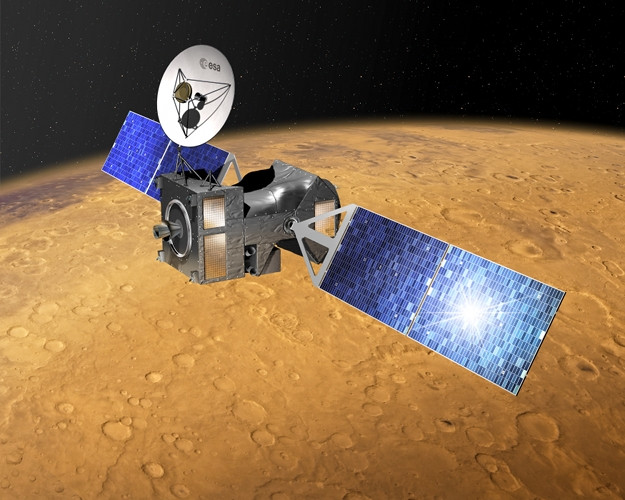Nasa looks at inflatable technology for manned space missions

Nasa is looking at inflatable technology in efforts to expand the reach of space missions and safely land humans on distant planets like Mars and beyond.
At the Langley Research Center in Hampton, engineers are working on an inflatable heat shield which when deployed will slow the craft entering a Martian atmosphere.
The rings would be filled with nitrogen and covered with a thermal blanket that would sit atop the spacecraft, resembling a giant mushroom.
It would help a spacecraft reach areas like the high-altitude southern plains of Mars that are otherwise inaccessible under existing technology, reports AP.
Rockets alone can't be used to land a large craft on Mars, they say. Parachutes also wouldn't work on a mission to land humans on the planet.
"We try to not use propulsion if we don't have to," said Neil Cheatwood, the senior engineer at Langley for advanced entry, descent and landing systems. "We make use of that atmosphere as much as we can, because it means we don't have to carry all that fuel with us."
The centre has been working on another project HAVOC that plans helium-filled, solar-powered airships floating in the atmosphere 50 km above the surface of Venus.
As the interest in space flights pick up following the recent successful test flight of Orion, scientists have also been looking at various ways to reduce mission costs and increase payload on long space missions.
A study had recently suggested ballistic capture or low-energy transfer where spacecraft fly millions of kilometres ahead of the planet initially and cruise to a speed where the planet's gravity pulls it into a planetary orbit.
Fuel needs for the overall journey drops by 25%, allowing for bigger payloads at comparable prices.
© Copyright IBTimes 2025. All rights reserved.





















